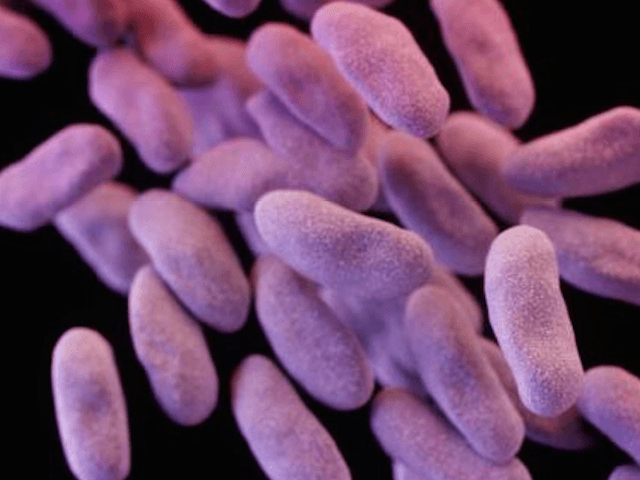The Environmental Protection Agency has found the lethal “superbug,” carbapenem-resistant Enterobacteriaceae (CRE), in a sewage plant in Los Angeles that treats waste and releases it into the Pacific Ocean.
Although the EPA did not test the wastewater leaving the plant to see if the CRE was still present after treatment, the Los Angeles Times notes, “Every day Southern California hospitals unleash millions of gallons of raw sewage into municipal sewers,” and numerous studies suggest that sewage plants cannot kill the superbugs.
In 2015, EPA scientists found CRE in sewage at treatment plants across the nation, concluding that CRE is “widespread” in America’s sewage. Jill Hoelle, from EPA’s office of research and development, stated, “I tested seven different plants and I found it in all of them.”
EPA’s Cathy Milbourn countered that EPA scientists believe there is “insufficient information available to reach a definite conclusion on the presence and fate” of drug-resistant bacteria in sewage plants.
Pedro Alvarez, a professor of environmental engineering at Rice University, told the Times that the sewage plants act as “a luxury hotel” for drug-resistant bacteria, which can thrive in that environment. He added, “Chlorine is just not doing it.”
Alvarez led a 2013 study of two wastewater treatment plants in northern China that showed another “superbug,” NDM-1, breeding and spreading in wastewater disinfected by chlorination. Alvarez said at the time, “It’s scary. There’s no antibiotic that can kill them. We only realized they exist just a little while ago when a Swedish man got infected in India, in New Delhi. Now, people are beginning to realize that more and more tourists trying to go to the upper waters of the Ganges River are getting these infections that cannot be treated.”
Several deaths have resulted from exposure to NDM-1.
Hospitals are free to release sewage, as long as they are in compliance with laws and regulations governing the level of disease-causing bacteria in surface waters.
At least 75 hospitals in Los Angeles, Orange and Ventura counties have reported CRE affecting their patients. Two patients recently died at UCLA Ronald Reagan Medical Center from CRE.
Timeyin Dafeta, the manager of the Hyperion treatment facility, where 2 million gallons of raw sewage is received from Los Angeles hospitals every single day, told the Times that if the plant had CRE it “would be in extremely low concentrations” because hospital sewage only amounts to 0.5% of the city’s wastewater. He added, “We have no indication the effluent is coming back to impact the shoreline.”
